How do you get paid as freelancer?
Getting paid is obviously the sweetest part of working as a freelance professional but you have to make sure that money goes through quickly, efficiently and safely.
For the purpose, you’ll need to choose one of the numerous payment methods at your disposal.
Chances are that you’re already thinking about a couple of popular choices like PayPal and bank transfers. Obviously, both of those are good choices. Still, other opportunities exist as well.
Today, we’ll take a look at the easiest and most reliable ways to get paid, as well as a few of the most user-friendly free invoicing tools.
Best Ways to Get Paid
The best ways to get paid should give you speed, convenience and affordability when it comes to the transfer fees/exchange rates.
Keeping this in mind, here are a few of the best options to consider.
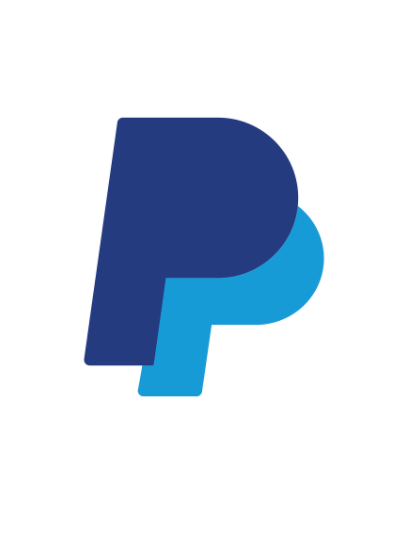
PayPal is probably the most popular payment solution in the world and it appeals too many freelancers because of the system’s versatility.
On top of that, it integrates invoicing and other tools you may need to request money from clients and keep track of your financials.
The pros of using PayPal
- Speed and convenience, widely popular among clients
- Can be linked to any bank account (if you want to withdraw money locally)
- Built-in invoicing features
- Depending on the nature of the transfer, it can be completed immediately (from PayPal to PayPal)
- Can be integrated with big freelance platforms like Upwork
A few shortcomings of PayPal to keep in mind
- Exchange rates aren’t always the most favorable
- There will be some additional fees (for transfers to local bank accounts, for payment processing, etc.)
- You’ll need to go through an identity and a business verification process once you reach a certain amount in transfers
- PayPal has the power to “freeze” your money for a certain period of time (if you receive disputes, in case your account has been inactive for some time, etc.)

This is another widely popular payment method among freelancers because it ensures convenience.
When you choose Payoneer, you’ll get a debit card that’s usable across the world. You’ll also benefit from a US bank account in your name.
The advantages of Payoneer
- You get a bank account number and a debit card that you can use to withdraw money at local ATMs
- Can be integrated with the biggest freelance platforms like Upwork
- Available in parts of the world where PayPal isn’t
- Payments coming from other Payoneer accounts are free of charge
- Payments are received fairly quickly
- Withdrawing money from Payoneer to a local bank account is possible
The downside of Payoneer
- There’s an annual account maintenance fee, plus you’re charged each time you withdraw money at an ATM
- The exchange range isn’t the most favorable one
- It takes a few days for money to be transferred from Payoneer to your local bank account
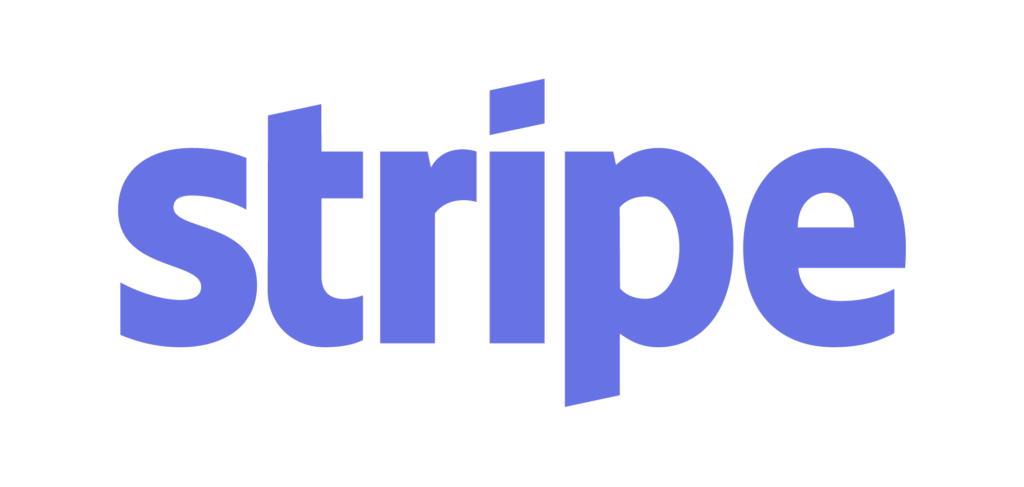
Another highly popular payment platform, Stripe offers affordable transactions that many freelancers favor.
The benefits of choosing Stripe over other ways to get paid
- More than 130 currencies available, Stripe works in 20+ countries as of now
- No transfer limits
- Advanced fraud protection available
- Consolidated financial reports to give you a better idea of money flowing through your account
- Features some of the lowest fees out of all the payment methods
- There’s no minimum amount for the withdrawal of funds
The things that aren’t too great about Stripe
- Currently not available in a whole lot of countries
- No automatic tax support
- There have been instances of people getting locked out of their account for no apparent reason
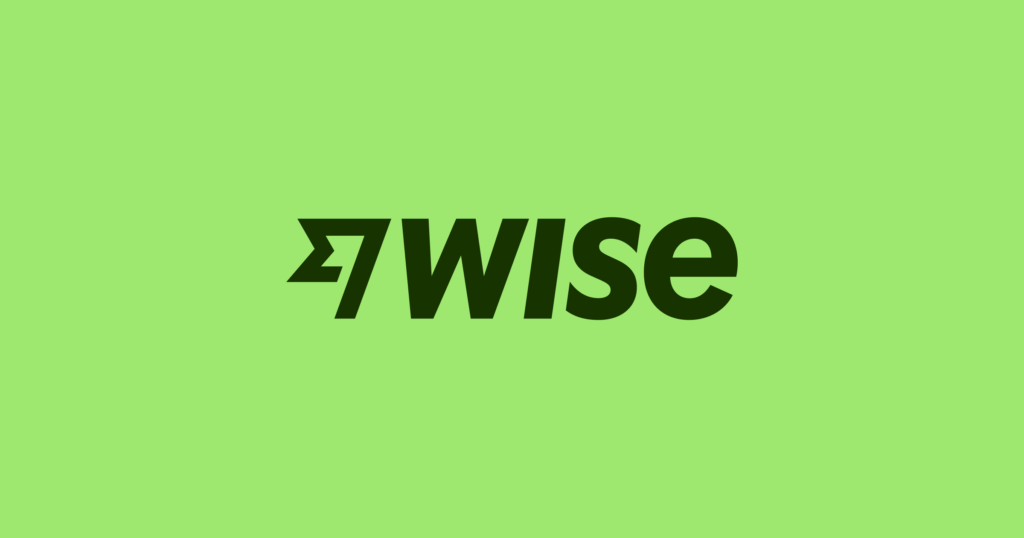
Wise is gaining quite a lot of popularity due to its very affordable transfer fees.
Just like Payoneer, Wise gives you access to a debit card that’s linked to your account. This way, you can access Wise funds without needing to do a transfer to a local bank account.
Here’s what’s real good about Wise
- You get a bank account and a debit card for free
- Available globally
- You can assign recurring transfers with your regular clients to simplify the payment process
- Complete transparency when it comes to exchange rates, fee structure, etc.
- High level of security
There are just a few negative things about Wise. The biggest shortcomings are
- Transfers take a couple of days to complete
- There are fees and charges you have to pay when using the card at a local ATM
- Some complaints about the quality of customer support
A Few Additional Choices
The payment method mentioned above tend to be the most prominent ones among freelancers (especially those who have international clients).
Still, there are a few additional options worth thinking about before choosing the right way to get paid:
- Wire transfers: for clients who are in the same country as you, a regular bank transfer could be the simplest choice.
Bank transfers are completed quickly and the fees are negligible (when the funds are sent domestically).
You also have more freedom when it comes to withdrawing the money or using those funds to finance certain aspects of running your business. - Escrow: for many freelancers, this is one of the most secure and effective ways to get paid.
Escrow gets clients making a payment before a freelancer does the job (as soon as you agree on the terms of the interaction and sign a contract to get clarity on each party’s rights and responsibilities).
When the money is in the Escrow account, the payment upon the completion of the project is guaranteed. - Western Union: is an especially good choice for domestic transfers because these happen instantaneously and the fees are fairly small.
If you have international clients, however, Western Union could prove to be expensive. - Freelance websites: platforms like Upwork often employ services like Escrow to ensure payments.
There are other safeguards and guarantees but these websites do charge a relatively high fee for their services.
Other than that, they offer convenience, many projects to choose among and a dozen of ways to get paid.
Free Invoicing Tools for Freelancers
Based on the information above, you already have some idea about the best way to get paid.
In order to keep your finances in pristine order, however, you’ll also have to be diligent with client invoicing.
There are numerous effective, simple and free invoicing tools you can count on.
As already mentioned, PayPal offers built-in invoicing and many of the other payment service providers deliver reliable financial tools.
A couple of additional choices you may want to check out include:
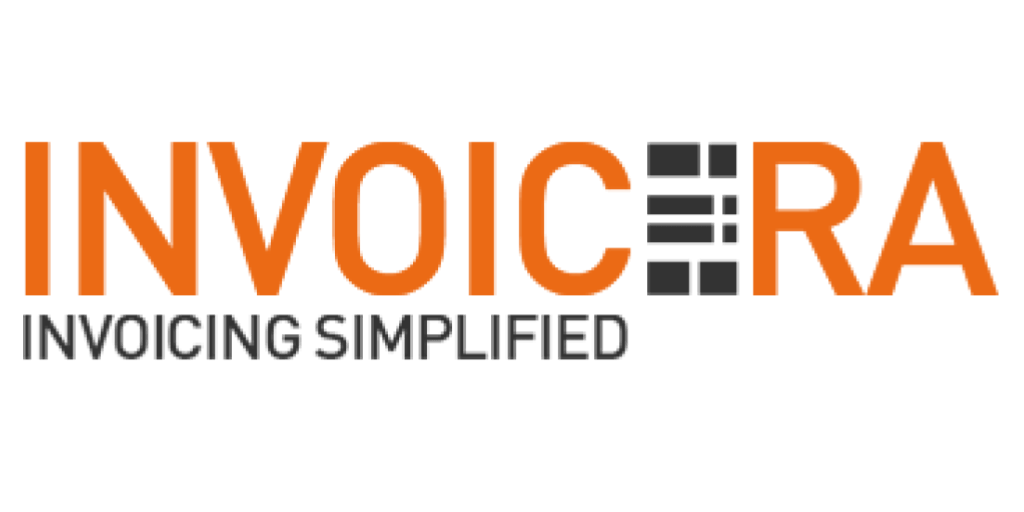
- Invoicera: while it does have a paid service, Invoicera also gives you access to a free plan.
The online invoicing and billing software has cool features like up to three clients (in the free version), three-layered security, automated recurrent expenses, unlimited time tracking, invoice scheduling, profit and loss reporting, multi-currency support and integration with over 30 international payment gateways.
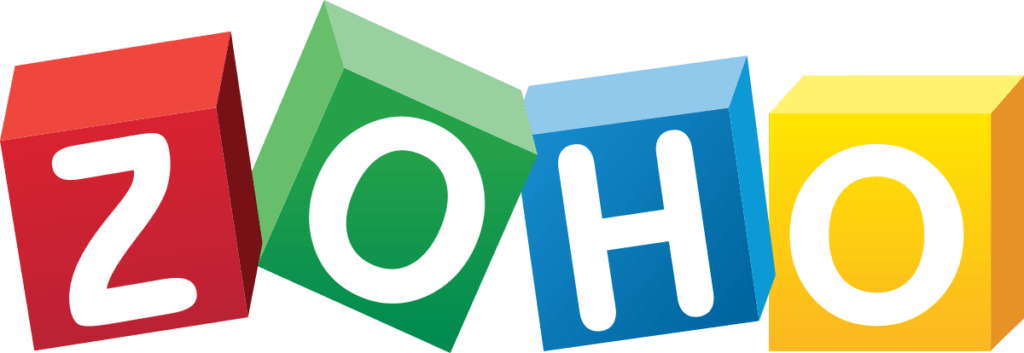
- Zoho: The Zoho free plan is quite powerful and effective. You’ll get access to a ton of features including multiple clients, multi-currency support, effortless customer information saving, advanced security features, automated payment reminders, online payment collection, time tracking and project management tools, customer self-service portal, native invoice apps for multiple devices.

- Wave: Here’s another very effective and powerful tool that’s completely free. Wave has made it to numerous lists featuring the best invoicing software for freelancers.
It impresses with a number of features like unlimited clients, unlimited income and expense tracking, powerful reporting + end-of-year financial analytics, the ability to run multiple businesses from a single account, unlimited bank account and credit card connections, the creation of tax categories and a fully-functional double entry system.
Conclusion
Financial tools are important for every freelance business. Don’t neglect the selection of the right platforms.
If these are an afterthought, you may run in some problems as tax season approaches (or you could end up prioritizing a service that isn’t the most financially favorable one).
Freelancers today benefit from a ton of flexibility.
It’s up to you to figure out which payment method and invoicing tool will work best. Choose the ones that are secure and that allow lots of automation.
Even if you have just a few clients, invoicing, payment processing and bookkeeping can take up a lot of time. When you choose a platform that can create personalized workflows, you’ll eliminate lots of repetitive, tedious tasks.







